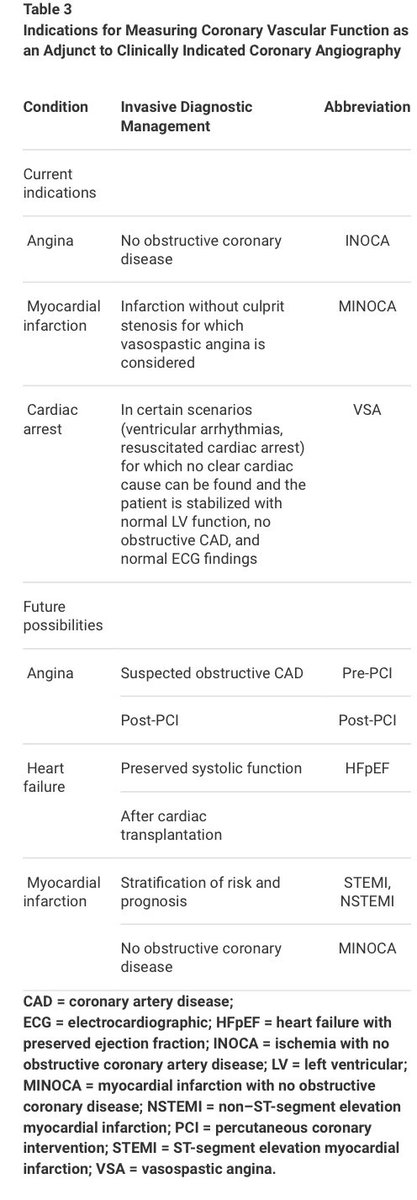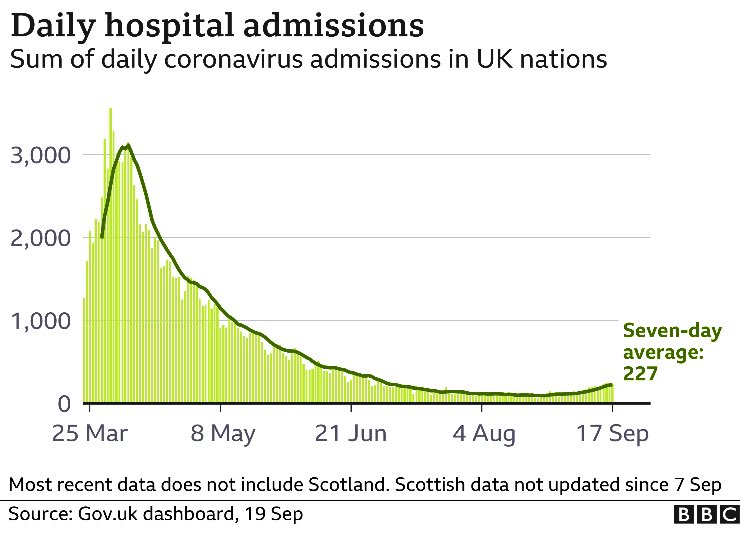~1/2 patients undergoing coronary angiography for known or suspected #angina have nonobstructed epicardial coronary arteries, & microvascular angina &/or vasospastic angina may be relevant by @ColinBerryMD
@JACCJournals interventions.onlinejacc.org/content/13/16/…
@JACCJournals interventions.onlinejacc.org/content/13/16/…
Patients with symptoms of ischaemia with nonobstructive coronary arteries (INOCA) can have treatable coronary vasomotion disorders.
Epicardial & microvascular vasospasm may cause #heartattack with no obstructive coronary artery disease & and type 2 MI.
Invasive physiological testing (functional coronary angiography) helps exclude, diagnose & treat these conditions.
‘... in an undifferentiated population of patients undergoing invasive management during daily practice, an interventional diagnostic procedure empowers cardiologists to make the correct diagnosis with linked therapy’
Coronary angiography is the standard-of-care test for identifying obstructive CAD either by anatomic imaging using noninvasive computed tomographic coronary angiography (CTCA) or invasive coronary angiography
Yet, invasive coronary angiography has a spatial resolution of approximately 0.5 mm, & evaluation is determined by subjective visual interpretation.
The limited spatial resolution of angiography does not allow visualization of the resistance arterioles (20 to 400 μm) that largely govern myocardial blood flow
Patients with undiagnosed chest pain (including those who have undergone cardiac investigations) are at increased risk for cardiovascular events for at least 5 years.
#Women with #angina appear to be particularly burdened by symptoms & morbidity even after reassuringly “normal” findings on invasive coronary angiography.
An increasing proportion of patients who undergo invasive coronary angiography have not undergone functional stress testing, meaning that information on ischemia is often lacking at the time of anatomic testing with either invasive or noninvasive angiography.
This gap presents new challenges for decision making in patients with INOCA.
Coronary vascular function reflects contributions from the epicardial conduit coronary arteries, its intramyocardial branches, and the microcirculation.
The coronary sinus reducer stent (which is being researched) aims to induce a controlled increase in coronary sinus blood pressure, thereby increasing retrograde myocardial perfusion to reduce the propensity to myocardial ischemia. Clinical evidence from RCTs is awaited.
Read the full (freely available) review here @JACCJournals interventions.onlinejacc.org/content/13/16/…
• • •
Missing some Tweet in this thread? You can try to
force a refresh








